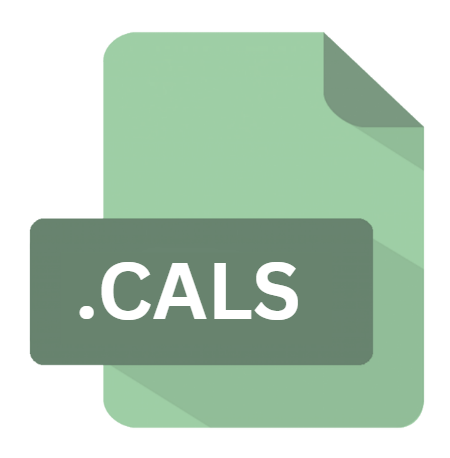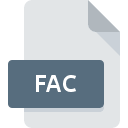.CALS File Extension

CALS Raster Graphic File
| Developer | Update Soon |
| Popularity | |
| Category | Raster Image Files |
| Format | .CALS |
| Cross Platform | Update Soon |
What is an CALS file?
The .CALS file extension is associated with CALS (Continuous Acquisition and Life-cycle Support) Raster Graphic Files, primarily used in technical and military applications for the storage and exchange of raster graphics data.
Developed by the United States Department of Defense (DoD), CALS files are designed to facilitate efficient data interchange and archival of graphical information.
More Information.
Initially introduced to meet the stringent requirements of defense-related documentation, the CALS standards were adopted broadly within the U.S. government and defense contractors.
They were intended to replace older, less efficient methods of handling raster graphics, promoting interoperability and archival stability in a digital environment.
Origin Of This File.
The origins of the .CALS format trace back to the late 1980s when the U.S. DoD sought a standardized format for storing raster graphics data across its various departments and contractors.
The CALS initiative aimed to streamline the acquisition and maintenance of technical data throughout its life cycle, ensuring compatibility and longevity of digital information.
File Structure Technical Specification.
.CALS files adhere to specific technical specifications to ensure compatibility and predictability across different systems. They typically include:
- Raster Data: Encoded raster data representing images or drawings.
- Header Information: Metadata detailing image dimensions, resolution, color depth, and other parameters.
- Compression: Optional compression schemes such as CCITT Group 4 for efficient data storage.
- File Format: Structured in accordance with the MIL-PRF-28002 standard, specifying data organization and exchange formats.
How to Convert the File?
Converting .CALS files to other formats may be necessary for broader compatibility or specific application requirements. Conversion tools and methods include:
- Raster Graphics Software: Applications like Adobe Photoshop, GIMP, or CorelDRAW often support .CALS import and export functionalities.
- Conversion Utilities: Dedicated conversion utilities designed to convert .CALS files to formats such as TIFF, JPEG, or PDF.
- Online Converters: Web-based services that facilitate file format conversion without the need for specialized software.
Advantages And Disadvantages.
Advantages:
- Standardization: Ensures uniformity in data representation across different systems and applications.
- Efficiency: Optimized for storing raster graphics efficiently, particularly for technical drawings and documents.
- Interoperability: Widely supported by software applications in defense, engineering, and archival sectors.
- Longevity: Designed for long-term archival storage, maintaining data integrity over time.
Disadvantages:
- Complexity: Requires adherence to specific standards, potentially limiting flexibility in some applications.
- Compatibility Issues: Older versions may encounter compatibility issues with modern software and systems.
- Limited Features: Primarily suited for raster graphics; lacks support for advanced features like vector graphics or multimedia.
How to Open CALS?
Open In Windows
- Software like Adobe Photoshop, CorelDRAW, or specialized viewers like IrfanView can open CALS files on Windows.
Open In Linux
- GIMP or ImageMagick are capable of handling CALS files on Linux distributions, offering robust tools for raster image manipulation.
Open In MAC
- GraphicConverter or Preview may support CALS files on macOS, though specialized software might be required for full functionality.









